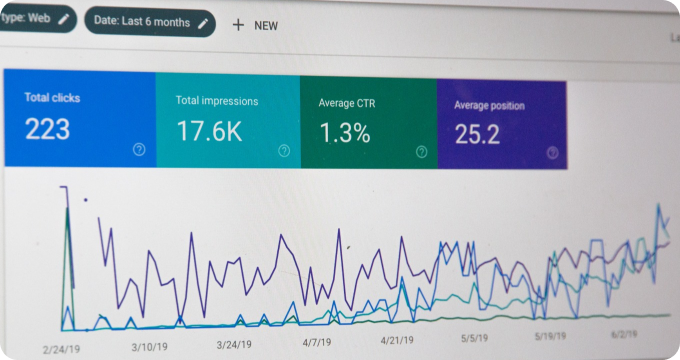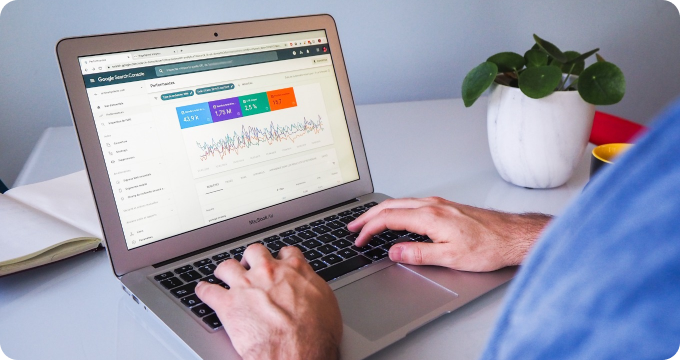Ask These Questions to a LIMS Software Provider to Choose the Right System for Your Lab
- December 09, 2023
- 3 minutes
Selecting the right Laboratory Information Management System (LIMS) for your laboratory can be a complex task, one fraught with numerous considerations and nuanced variables, all of which can significantly impact the operational efficacy of your lab. Arguably, understanding what to ask a LIMS software provider is a crucial part of this selection process. LIMS, in essence, is a software-based solution that supports modern laboratory operations. It offers features such as sample management, data tracking, and other functionalities that streamline laboratory processes.
The LIMS selection process is reminiscent of the Pareto principle, also known as the 80/20 rule, where roughly 80% of the effects come from 20% of the causes. In this context, it implies that a critical set of questions can help decipher the suitability of a LIMS for your specific needs. Therefore, here is a selection of critical inquiries to pose to your potential LIMS software provider.
-
How customizable is your LIMS platform?
The degree of customization offered by a LIMS can greatly influence the degree of its integration into your laboratory's processes. It's the similar concept to Gresham's Law in economics, where "bad money drives out good". If a rigid, inflexible LIMS is imposed on flexible, unique laboratory procedures, the utility of the system decreases, making it the "bad money". The LIMS should be adaptable to your lab's existing workflows, not the other way round.
-
What kind of data security measures does your LIMS implement?
Just as the Heisenberg's Uncertainty Principle highlights the fundamental limits on precision in quantum mechanics, data privacy and security in LIMS present a substantial challenge. Given the sensitive nature of data managed by laboratories, potential breaches could have serious ramifications. As such, a question on data security is imperative. The answer should include details on user authentication, data encryption, and audit trails.
-
How does your LIMS accommodate for future growth and scalability?
The LIMS should be able to accommodate both the current and future needs of your organization. Similar to the concept of elasticity in economics, the ability of the LIMS to scale according to the lab’s changing requirements - more samples, more users, more data - without impacting performance is an essential attribute.
-
Can your LIMS integrate with other existing systems in the lab?
The concept of interoperability is as vital in LIMS as the principle of superposition in quantum mechanics, where states can be added together and multiplied by complex numbers to form new states. The LIMS should be capable of seamless integration with other software (like Electronic Lab Notebooks, or ELN) or hardware (like analytical instruments) used in the lab to form a new, more efficient state - a fully integrated lab ecosystem.
-
What kind of technical support and training do you provide?
The effective implementation of a LIMS depends not only on the technological aspects but also on the human element. It is somewhat analogous to the sociotechnical systems theory, which postulates that the interaction of people and technology in workplaces should be considered together. Without adequate training and support, even the most advanced LIMS can be underutilized.
-
Is your LIMS compliant with regulatory standards relevant to our field?
Regulatory compliance, such as GLP, GMP, ISO 17025 or 21 CFR Part 11, is crucial for labs in regulated industries. Just as legal jurisprudence requires adherence to the rule of law, a LIMS must be designed to comply with the rules and standards of regulatory bodies.
The choice of a suitable LIMS can be likened to game theory, where strategic interactions between rational decision-makers come into play. The ultimate decision should be a Nash equilibrium, where no player can benefit from unilateral changes, i.e., the chosen LIMS is the most optimal solution for your laboratory. This equilibrium is achieved through asking the right questions and making informed decisions. Such strategic inquiries not only provide valuable insights into the capability of the LIMS but also reflect your laboratory's needs and priorities, thereby ensuring you choose the most fitting system for your lab.
Learn More
Unleash the power of efficiency and accuracy in your lab operations by diving deeper into our enlightening blog posts about LIMS software. For an unbiased, comprehensive view, the reader is encouraged to explore our meticulously curated rankings of the Best LIMS Software.
Popular Posts
-
 6 Compelling Reasons Why Your Laboratory Needs LIMS Software
6 Compelling Reasons Why Your Laboratory Needs LIMS Software
-
 Debunking 10 Myths Surrounding LIMS Software in the Industry
Debunking 10 Myths Surrounding LIMS Software in the Industry
-
 Ask These Questions to a LIMS Software Provider to Choose the Right System for Your Lab
Ask These Questions to a LIMS Software Provider to Choose the Right System for Your Lab
-
 7 Essential Questions to Ask Before Investing in LIMS Software
7 Essential Questions to Ask Before Investing in LIMS Software
-
 5 Things I Wish I'd Known About LIMS Software Before Implementing It in My Lab
5 Things I Wish I'd Known About LIMS Software Before Implementing It in My Lab






